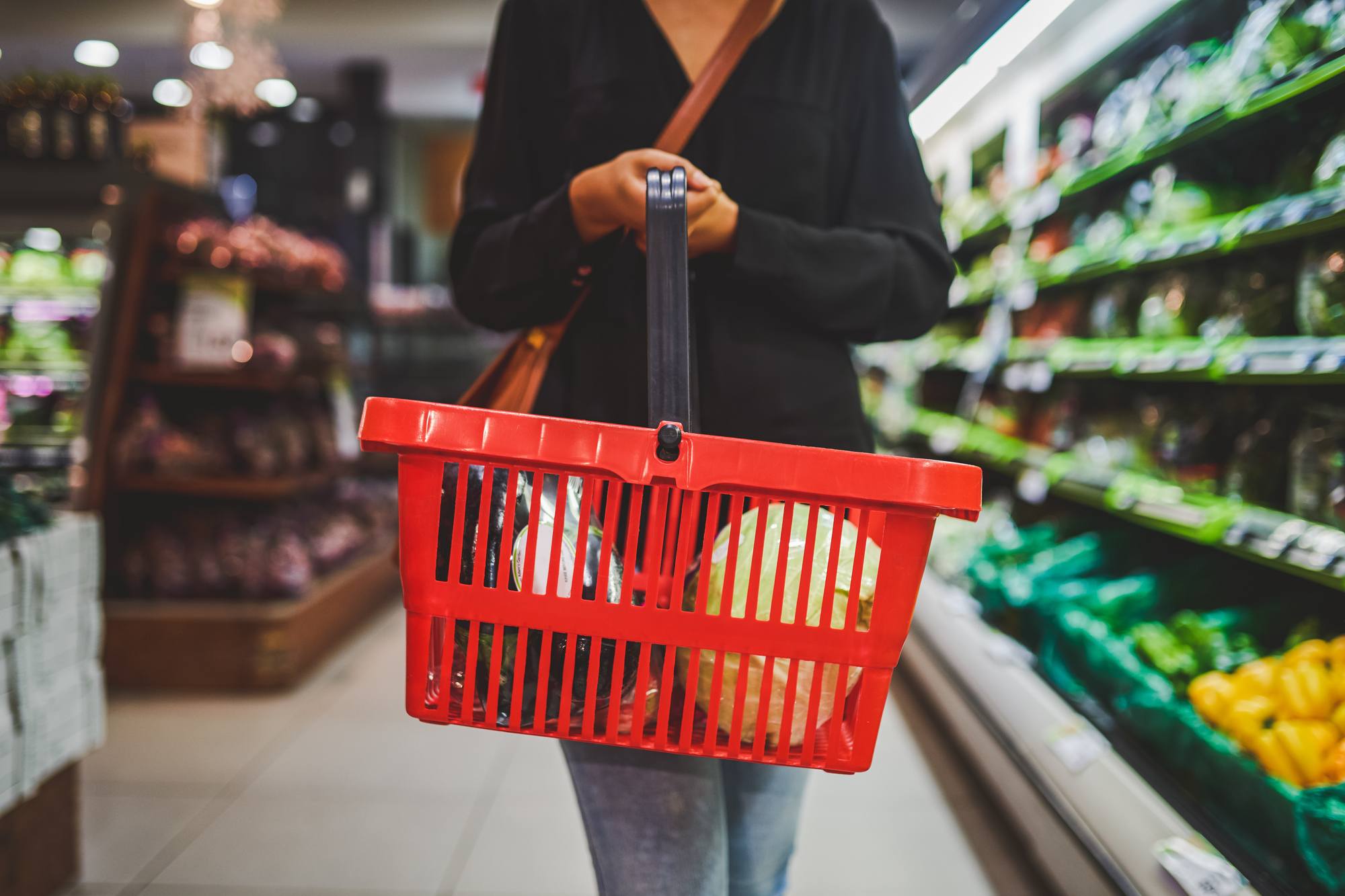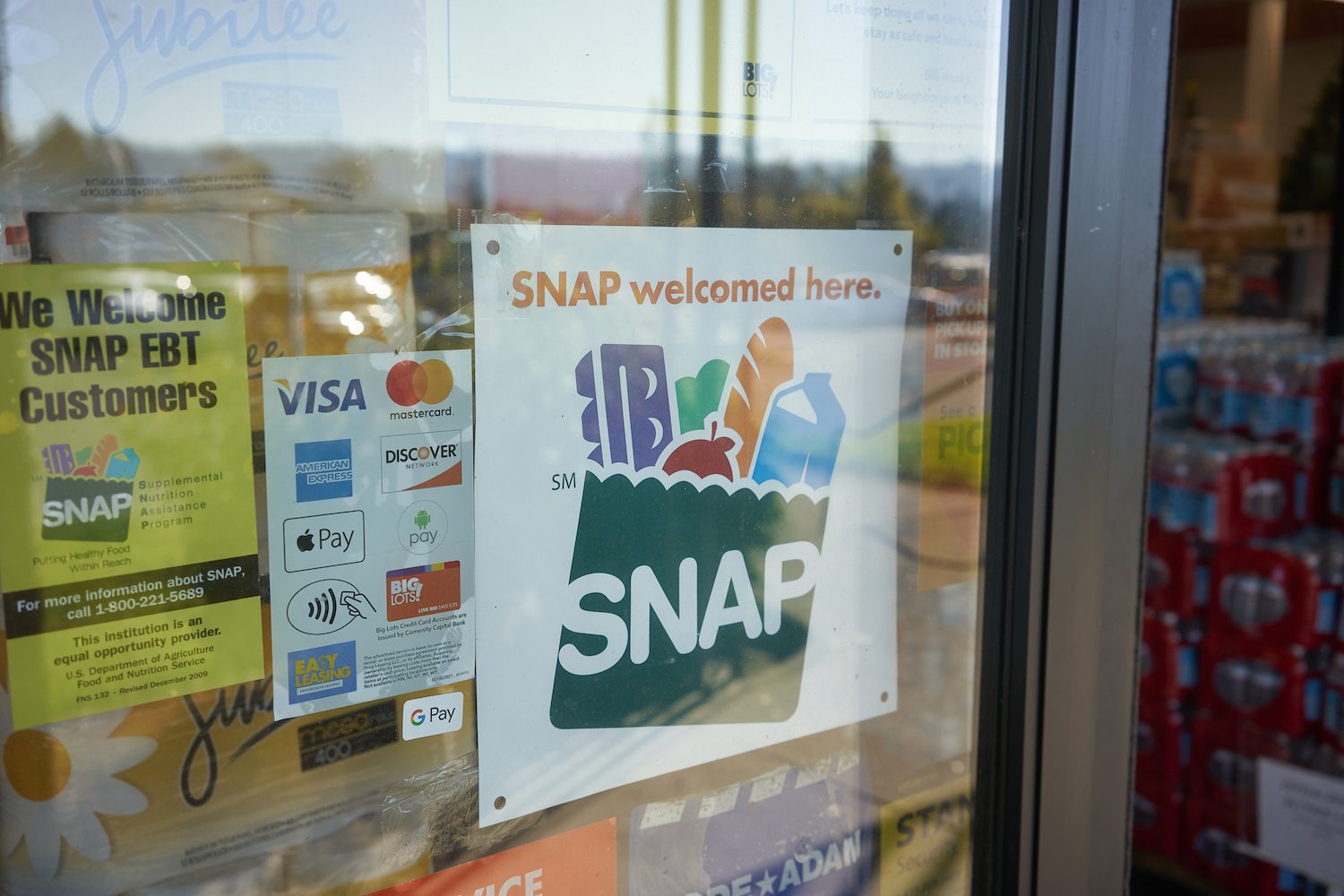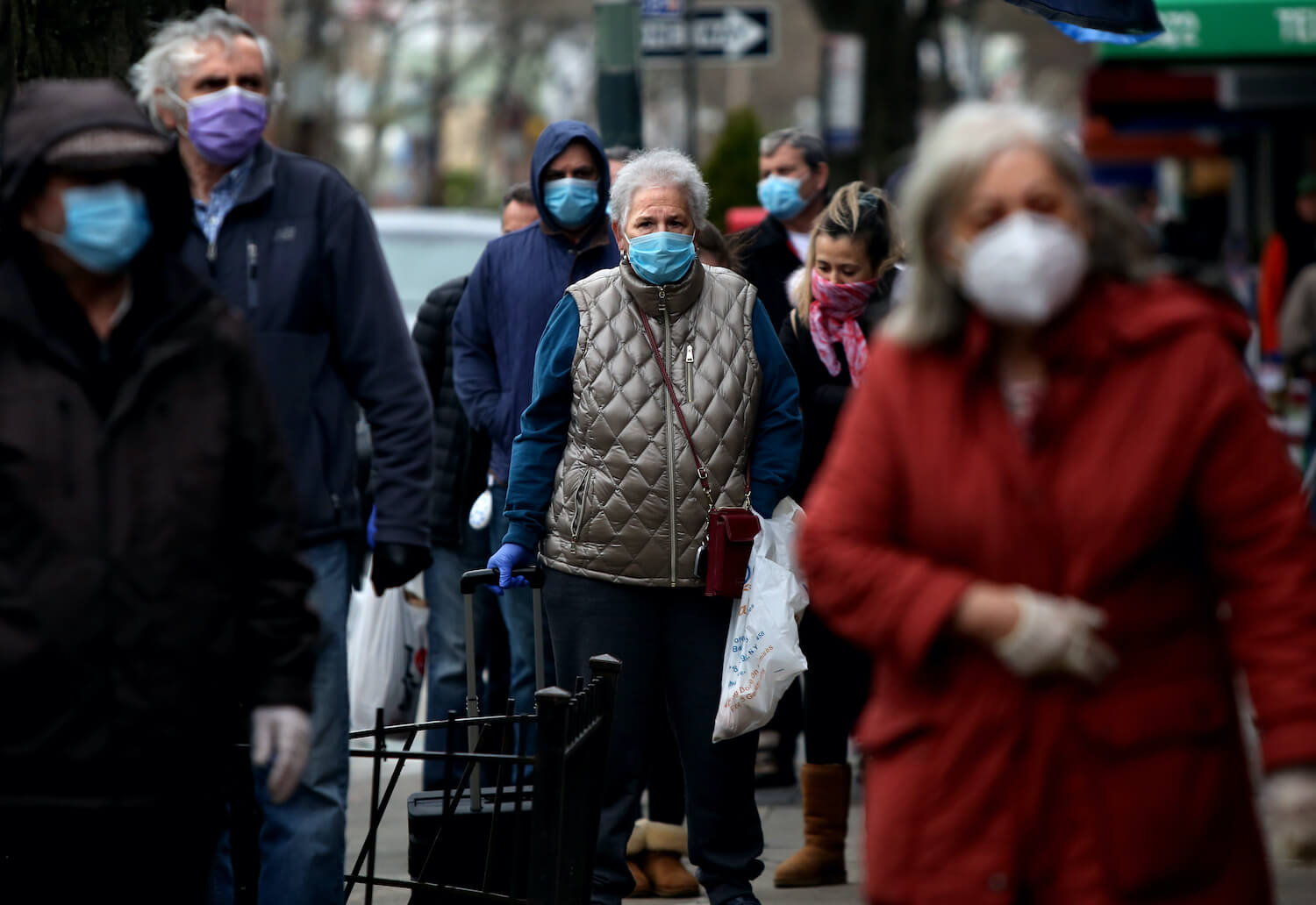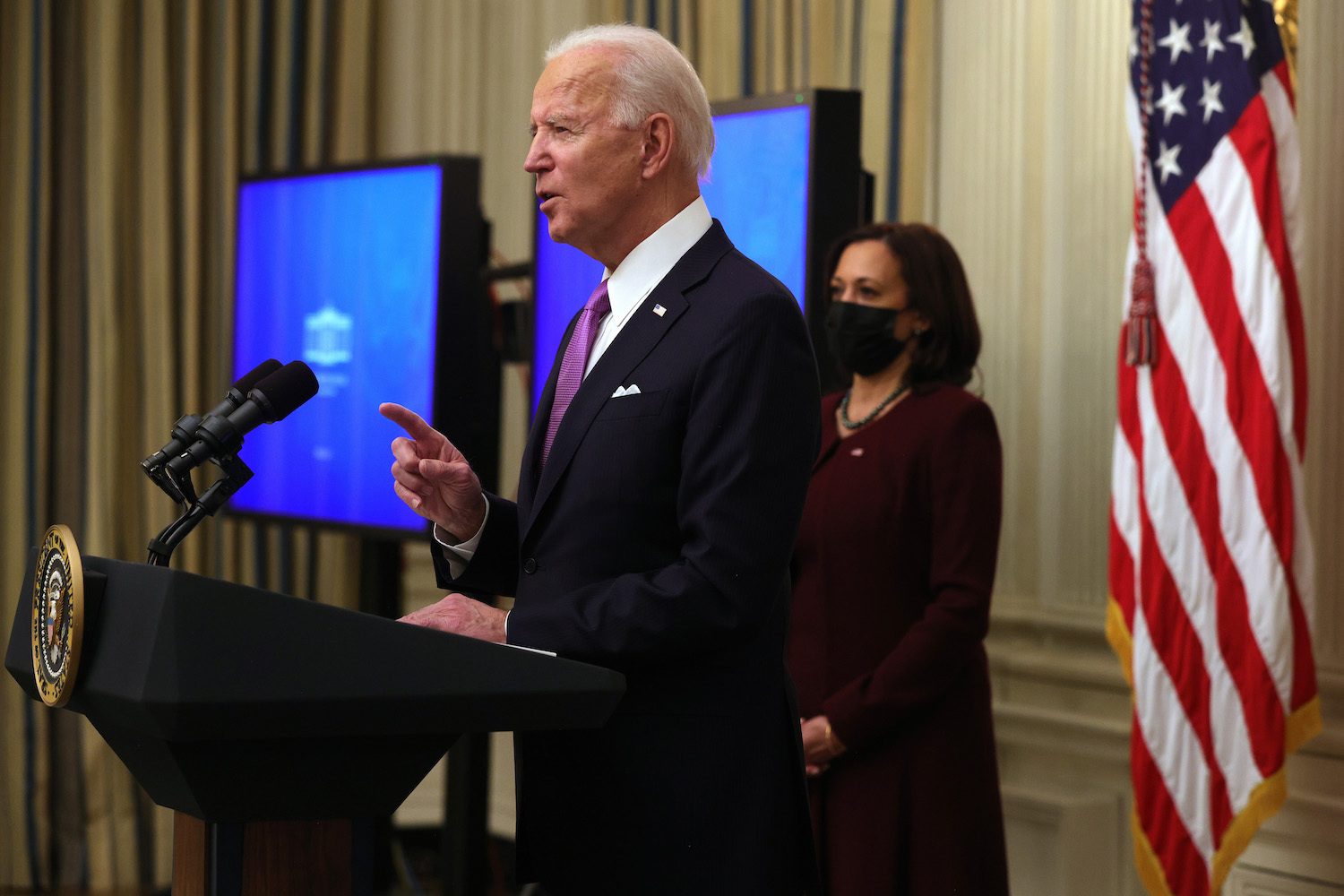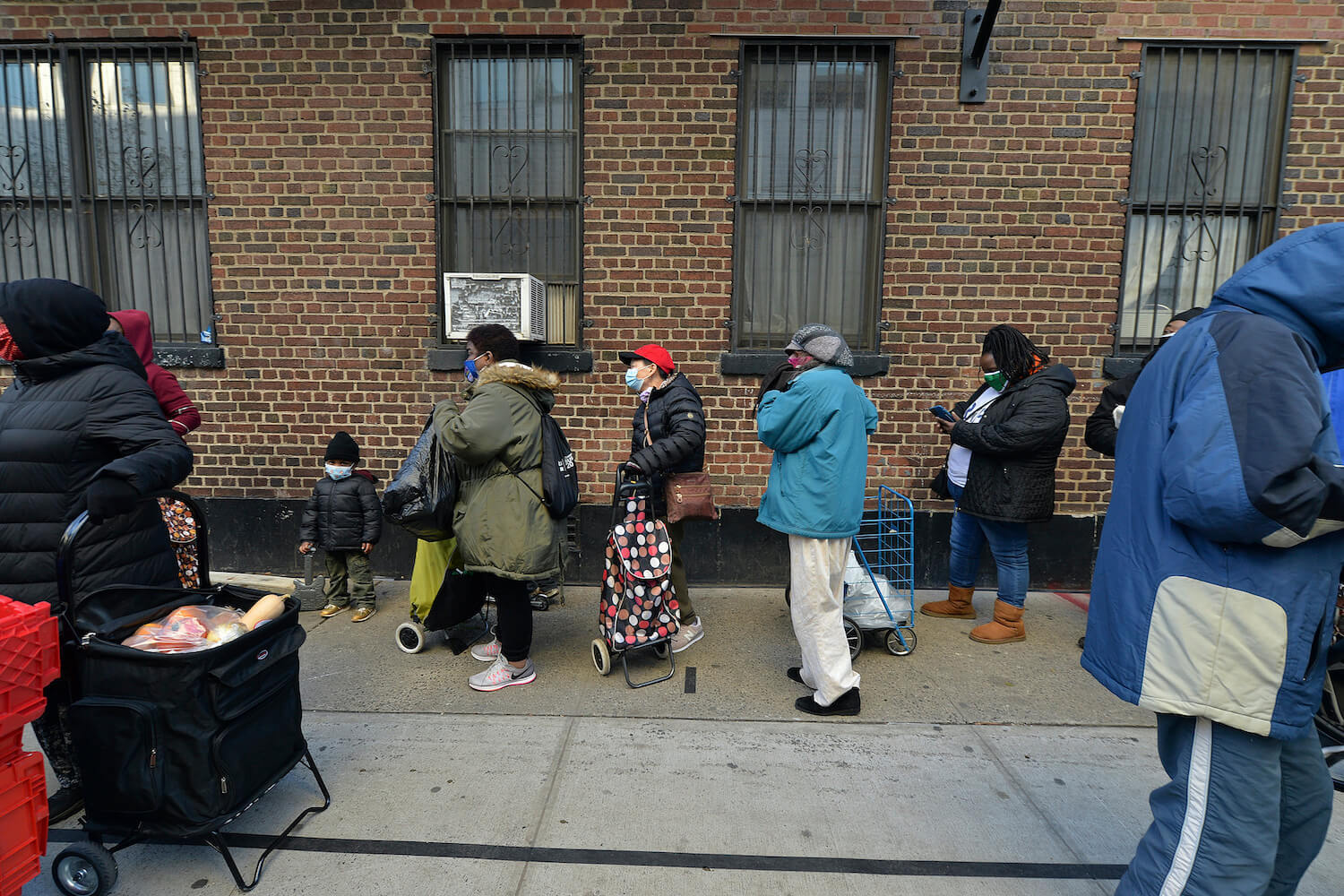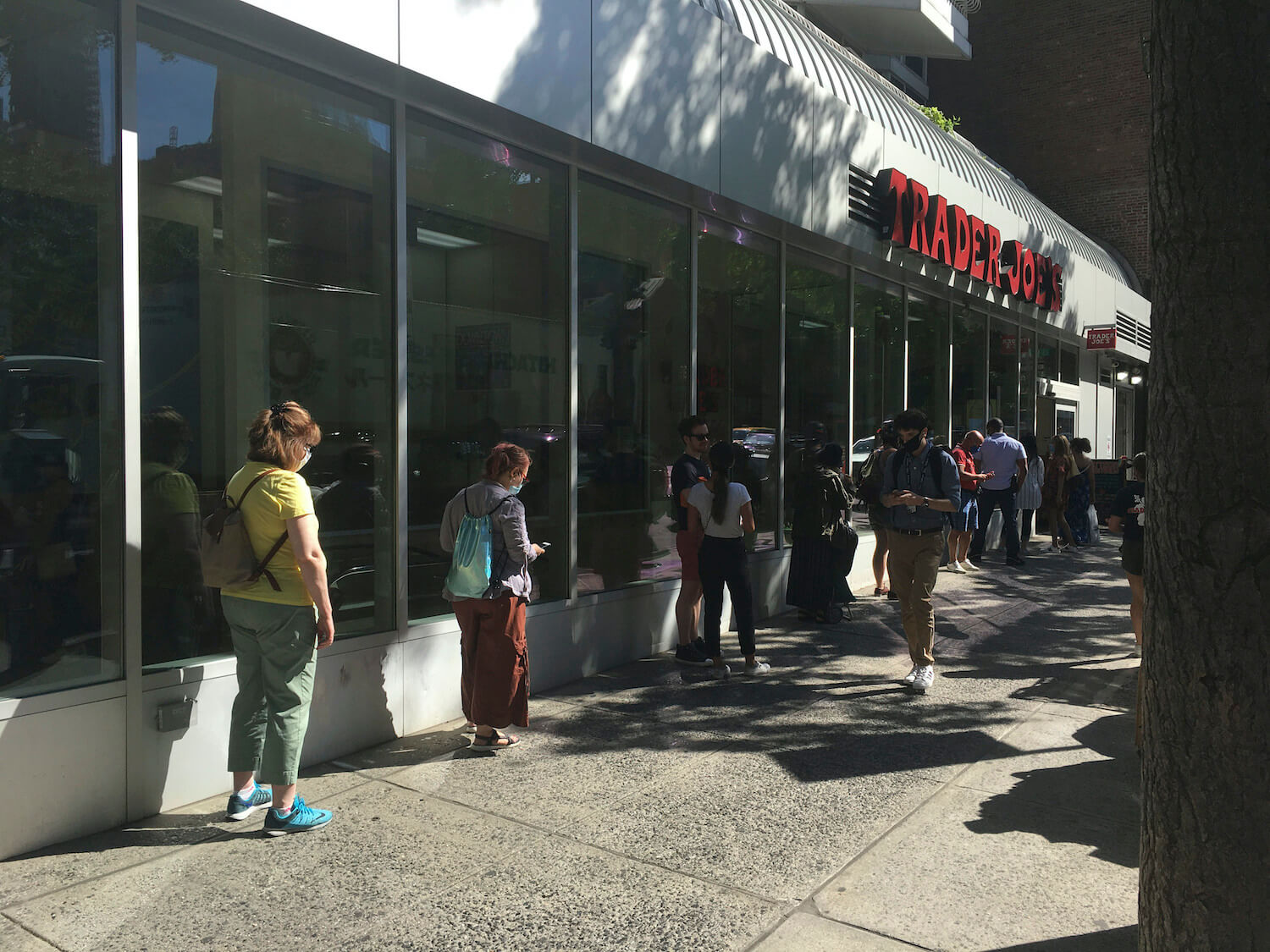The pandemic made it easier to get—and keep—food assistance. In some places, those expanded benefits are drawing to a close.
On Tuesday, legislators in Kansas allowed the state’s Covid-19 disaster emergency declaration to expire. In doing so, Kansas joined a growing number of states halting pandemic-related aid programs before the federal cutoff date.
By ending the disaster declaration, Kansas may have effectively opted out of a significant benefit boost: An “emergency allotments” provision that automatically boosted all households receiving food assistance through the Supplemental Nutrition Assistance Program (SNAP, formerly food stamps) to the highest payment level. That policy lifted the average per-person monthly payment in the state from $106 in February 2020 to $193 this May.
A handful of other states have allowed their emergency declarations to expire, too. Because the emergency allotments are contingent upon emergency declarations at both state and federal levels, the end of a state-level declaration generally means the end of added benefits. South Carolina will stop issuing emergency SNAP allotments on August 1, for example, while a representative from Idaho said that state had already discontinued the payments. In other states, like Wisconsin, where Democratic governors in favor of disaster declarations have clashed with courts and lost, officials have been able to sidestep court rulings ending the disaster by negotiating directly with USDA to extend benefits. Already, 25 Republican-controlled states have opted to end the $300 weekly expanded unemployment benefits prior to the federal cutoff date; SNAP emergency allotments could follow a similar trajectory as unemployment levels fall and vaccinations rise.
Despite positive economic indicators, some argue that it’s too soon to cut off federal support. “Making what we deem a political decision has real world consequences for thousands of families who are just finally able to breathe a little easier because they know they have more money each month to put food on their tables,” said Jami Reever, executive director for the Kansas Appleseed Center for Law and Justice. “And we think that especially now as kids are home from school—and they’re going to be home for the next three months—families need a little bit extra.”
“Especially now as kids are home from school—and they’re going to be home for the next three months—families need a little bit extra.”
A 2013 USDA report found that federal SNAP dollars have a multiplier effect, creating $1.54 billion in economic activity for every $1 billion disbursed through the program. “We were able to calculate that per month here in Kansas, if those emergency allotments were to end, the loss in economic activity would be $22,470,140,” said Quinn Ried, Kansas Appleseed Center policy research analyst. There is some concern that ending emergency allotments might leave money on the table that would otherwise boost the state’s economic recovery.
Payment levels
Last year, Congress passed Covid relief legislation to increase the amount of money households received through SNAP. A single-person household that previously received the minimum payment—$16 per month—would have automatically begun receiving the maximum payment, which is $204 this year.
These added benefits are set to expire everywhere at the end of September; in states that have ended their emergency declarations, they will expire earlier. (South Carolina’s expanded allotments will end on August 1.) That means virtually all households will see a decline in SNAP payment levels later this year, barring any extensions.
Yet USDA may be exploring a move that could expand SNAP payments across the board. Payment levels are currently determined based on a formula called the Thrifty Food Plan. As we’ve reported in the past, this plan came about as the result of a 1970s lawsuit filed by a recipient in New York who argued SNAP payments were not high enough to provide a nutritionally adequate diet. She won the lawsuit, but USDA responded by creating a diet that justified the existing allotment (rather than raising payment levels). Among other quirks, the Thrifty Food Plan formula suggests that an adult woman might need to drink three cups of milk per day in order to meet her nutritional needs and stay within the $38 per week budget set by the plan.
“Per month here in Kansas, if those emergency allotments were to end, the loss in economic activity would be $22,470,140.”
The 2018 Farm Bill included a requirement that USDA revisit the Thrifty Food Plan and determine whether it is truly adequate for a nutritionally balanced diet. Earlier this year, the Biden administration followed up on that provision, tasking USDA with evaluating SNAP payment levels and potentially cracking open a path to raise them significantly. If the agency moves quickly to evaluate the plan and make a case for raising payments, the change could cushion the impact of the Covid allotment dropoff. “Our hope is that those things overlap or kind of happen almost at the same time,” said Ed Bolen, senior policy analyst at the Center on Budget and Policy Priorities.
Eligibility
The Trump administration proposed a series of rule changes that tinkered with SNAP eligibility criteria. Had they been implemented, they would have collectively shrunk the program by millions of participants. But the pandemic threw a wrench in those plans. For example, a proposal to impose work requirements on a larger subset of recipients was scheduled to take effect on April 1, 2020, until a judge halted the rule change. The judge called it “arbitrary and capricious” to erect more red tape around the food assistance program during a public health emergency.
Had the rules gone into effect on time, an estimated 700,000 people would have lost their food assistance. Other changes fell by the wayside, too. Last week, the Biden administration put the final nail in the coffin of the biggest of those proposed rules, which would have weakened a regulation that made some families automatically eligible for SNAP if they received other federal benefits.
The pandemic has also temporarily paused a SNAP eligibility rule that requires a category of recipients known as Able-Bodied Adults Without Dependents (ABAWDs) to work or search for work for 20 hours per week or else lose benefits. These requirements have been in place since the 1990s, and they’re meant to encourage SNAP recipients to look for jobs. They’ve long been waived in areas with high unemployment, however, and they were paused during the Great Recession.
Last week, USDA released a report conducted by the left-leaning Urban Institute, tracking states that re-implemented work requirements following the last economic downturn. The researchers found no evidence that the requirements actually lead to higher employment or better wages. “We found that the most likely outcome for people affected by these policies would be that one year after the time limit, in every state, they were simply not receiving SNAP, and they were not employed,” said Laura Wheaton, lead researcher on the study.
“We found that the most likely outcome for people affected by these [work-requirement] policies would be that one year after the time limit, in every state, they were simply not receiving SNAP, and they were not employed.”
The agency can’t end ABAWD work requirements without an act of Congress, said Bolen. But—just like the Trump administration sought to tighten them by tinkering with the waiver process that exempted areas with high unemployment—USDA may be able to loosen them by taking steps to ensure that everyone subject to the work requirement is “able-bodied.” “We’ve always been concerned that states aren’t very good at determining who is mentally or physically able to work 20 hours per week. They just do the math: 18-49, no kid in the household, you’re not on disability. That’s not adequate,” said Bolen.
Lastly, the Biden administration has signaled interest in overturning a longtime regulation barring people with felony drug convictions from receiving SNAP for life. The $1.8 trillion American Families Plan includes a provision that would “facilitate re-entry for formerly incarcerated individuals through SNAP eligibility.” Many states have already enacted legislation that sidesteps the federal ban, which has been in place for 25 years, but 27 have implemented some sort of modified version. (The only state that fully bans people with felony drug convictions from SNAP is South Carolina.) In order to make a nationwide impact, any federal law would need to include language stating that it explicitly overrides state-level rules.
Other flexibilities
The Covid-19 era has also necessitated a number of other SNAP-related flexibilities that have nothing to do with who gets benefits and how much money is disbursed. As we reported in 2018, every single state had taken steps to streamline the process by putting applications online, streamlining income reporting requirements, and ending practices like fingerprinting. Bolen said it’s possible USDA will opt to keep some small changes that make enrollment easier—accepting telephonic signatures, for instance, so that people don’t have to print and mail paperwork.
Barring an extension from Congress, SNAP payments will all shrink back to their pre-pandemic size by the end of the summer. The precipitous drop in benefits may come as a surprise for the millions of families who have been receiving expanded payments for well over a year. It remains to be seen whether Washington will find a way to ease the transition.
